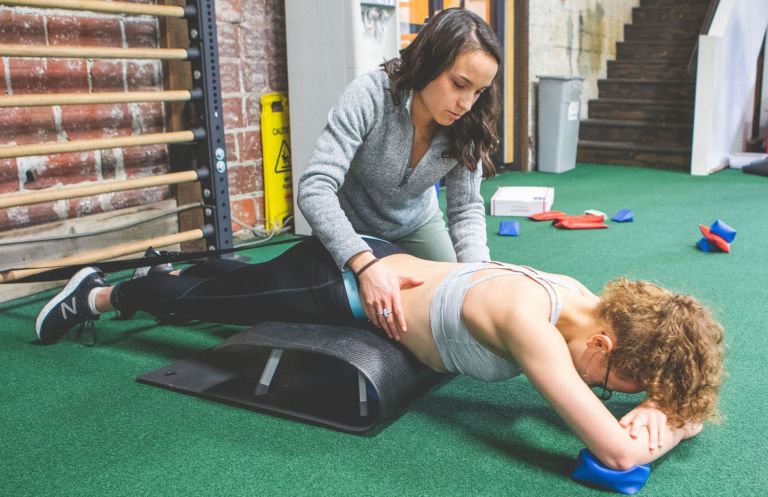Without doing a thorough evaluation, I am unable to comment on your specific situation, but I can offer some information that may be helpful. There are a few different presentations of abnormal spinal curvature that we see in the clinic.
Scoliosis is the most common, and this involves not only exaggerated forward and backward curvatures of the spine, but also a rotational and side-bending component. However, an x-ray is a static picture of the spine and we tend to change posture a lot throughout the day. The measurements you are reporting for your head may be because you had your head positioned more forward when the image was taken.
In addition, some loss of curvature in the neck is quite normal depending on age and may not always be a source of pain or dysfunction. Hip height differences are fairly common as well and may or may not be contributing to pain. That being said, if you are experiencing pain or loss of function related to these x-ray findings, a physical therapist would be more than capable of giving you a second opinion and option for treatment.

From the description of your problem, I would suggest looking into an evaluation by a physical therapist in addition to your chiropractic care. People report benefits with both chiropractic and PT when it comes to the treatment of the spine.
I am unable to say with certainty how a chiropractor would approach care, but I can tell you what physical therapy treatment might look like. For problems with abnormal spinal curvature, a PT can assess your spinal range of motion, strength, and joint mobility to provide treatments based on your individual situation.
This treatment typically ranges from 4-8 weeks anywhere from 1-3x per week based on what your needs are. These treatments may include mobility work such as joint mobilization or manipulation, specific stretches for the less mobile areas, and possibly some soft tissue work. Treatment will often include postural training and strengthening of muscles to support your spine and improve function.
Active strength training, working on flexibility, and changing postural habits are more effective in making long-term change than passive treatments in isolation.

Start your physical therapy journey today.
As physical therapists, we know the importance of movement for overall health and well-being. From injury recovery to achieving optimal performance, our passion is to help every patient reach their goals and live an active, pain-free life. Get started with PT today!
